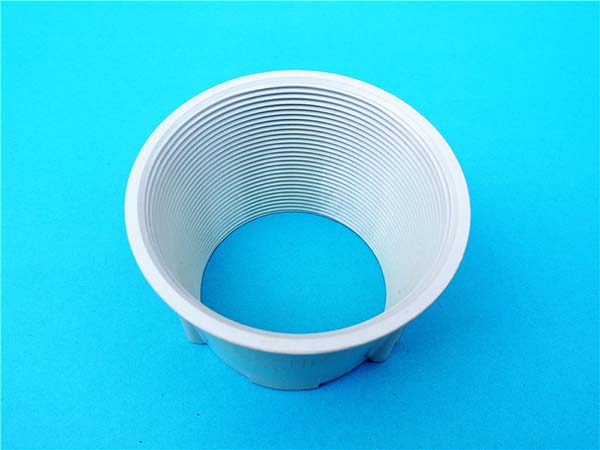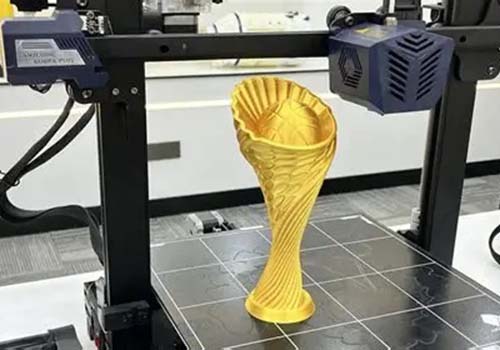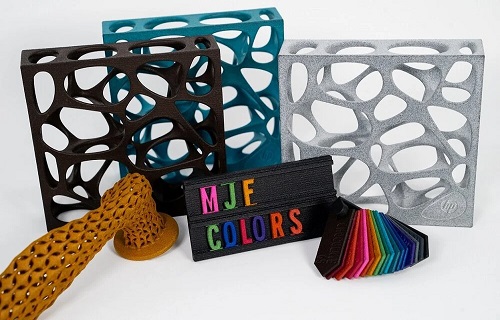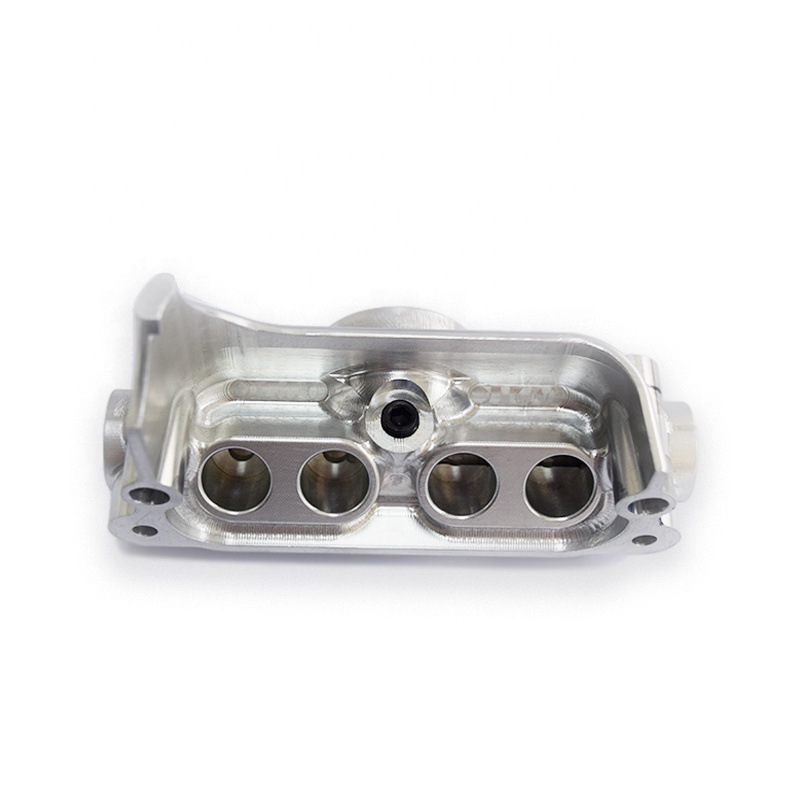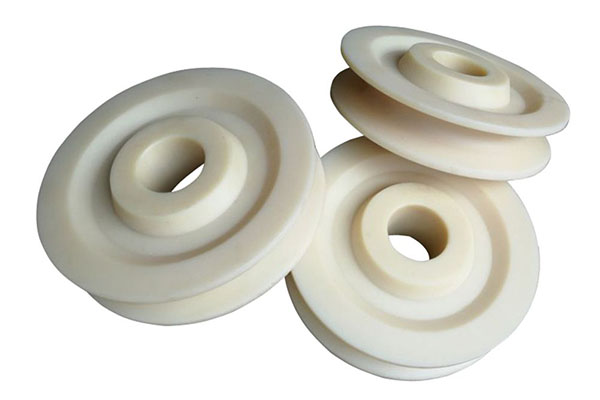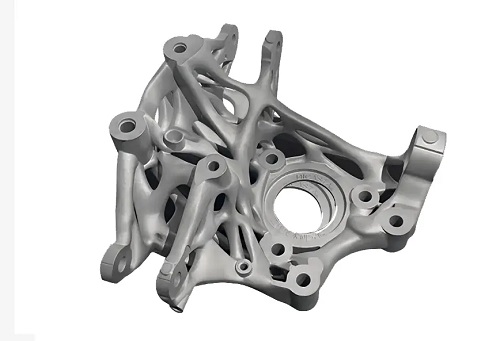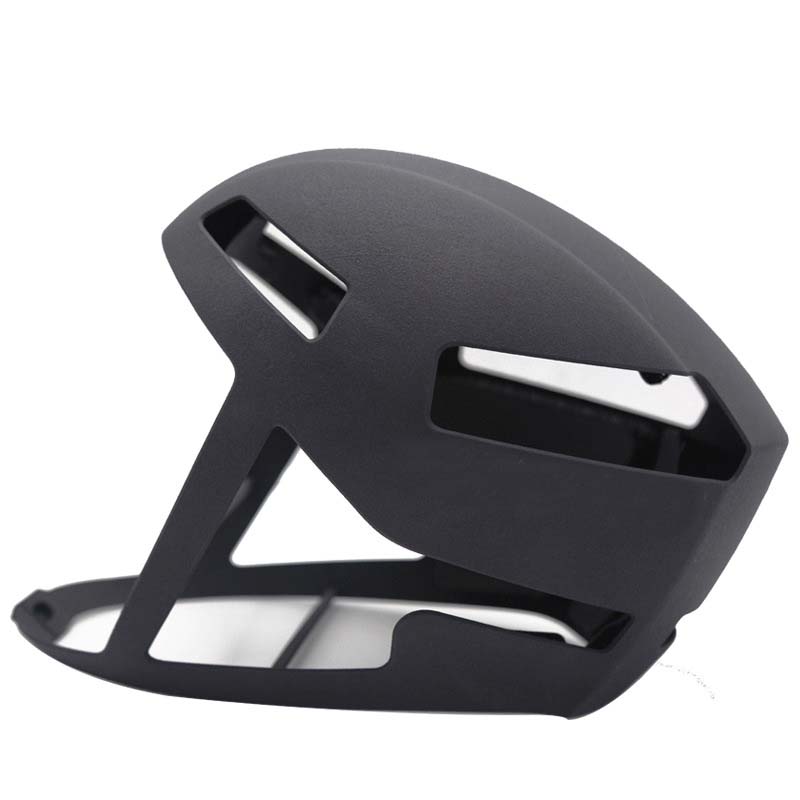What is 3D Printing of Human Skulls?
3D printing of human skulls is an innovative and groundbreaking application in the field of medicine and 3D technology. It involves creating a three - dimensional replica of a human skull using 3D printing technology.
The process begins with obtaining accurate medical imaging data of the patient's skull. This is usually achieved through techniques such as Computed Tomography (CT) scans or Magnetic Resonance Imaging (MRI). These scans produce detailed cross - sectional images of the skull, capturing every contour, curve, and structure. For example, a high - resolution CT scan can provide data with a voxel (3D pixel) size as small as 0.25 mm³, ensuring a very precise representation of the skull.
Next, specialized software is used to process this medical imaging data. The software segments the skull from the surrounding tissues in the images, creating a digital 3D model of just the skull. This digital model serves as the blueprint for the 3D printing process.
Finally, a 3D printer is employed to bring this digital model into the physical world. Different types of 3D printers can be used for skull printing, each with its own advantages. For instance, Stereolithography (SLA) printers use ultraviolet light to cure liquid resin layer by layer, resulting in a smooth and highly detailed print. Another option is Fused Deposition Modeling (FDM) printers, which extrude molten plastic filament to build the object layer by layer. These printers are more cost - effective and are suitable for creating larger, less intricate parts of the skull model if needed. The printed skull can then be further post - processed, such as sanding, polishing, or coloring, to better resemble a real skull or to meet specific medical or educational requirements.
The Process of 3D Printing a Human Skull
Data Collection
The first and crucial step in 3D printing a human skull is data collection. CT scans or MRI are the primary methods for gathering this data. CT scans use X - rays to create detailed cross - sectional images of the skull. High - resolution CT scans can offer a vast amount of data, with a slice thickness that can be as thin as 0.5 - 1 mm. This high - level of detail is essential as it captures even the smallest features of the skull, such as the intricate structure of the inner ear canals or the fine sutures on the skull's surface. MRI, on the other hand, uses magnetic fields and radio waves to generate images, which can be particularly useful in visualizing soft tissues adjacent to the skull, providing a more comprehensive view for the 3D model. Precise data is the foundation for the entire 3D printing process. Any inaccuracies at this stage will be carried forward and may lead to an inaccurate 3D - printed skull, which could be a problem in medical applications where a perfect fit might be required, for example, in skull replacement surgeries.
Model Reconstruction
Once the data is collected, it's time for model reconstruction. Specialized medical imaging software, like Mimics or 3D Slicer, comes into play. These software programs are designed to take the raw data from CT scans or MRI and convert it into a 3D digital model. Engineers and medical professionals use these tools to segment the skull from other anatomical structures in the images. This involves carefully defining the boundaries of the skull to isolate it. They can then adjust the model's details, such as smoothing out any minor irregularities in the digital representation that might be due to noise in the original scans. They might also enhance certain features, like strengthening the representation of the cranial landmarks, which are important reference points. This meticulous process ensures that the 3D model accurately represents the patient's skull.
Printing Materials
Several materials are commonly used for 3D - printing human skulls, each with its own set of advantages and disadvantages. Biocompatible plastics, such as Polylactic Acid (PLA) and Polycaprolactone (PCL), are popular. PLA is made from renewable resources like corn starch or sugarcane, making it an eco - friendly option. It has good mechanical properties, is easy to print with, and is relatively inexpensive. However, its strength might be limited in some applications. PCL, on the other hand, is highly biocompatible and has a slow degradation rate, which can be beneficial in certain medical scenarios. Ceramics are also used, especially for creating more durable and detailed skull models. They can withstand high temperatures and have excellent hardness, resulting in a very accurate and long - lasting replica. But ceramics are often more difficult to print, require higher temperatures during the printing process, and are more brittle compared to plastics.
| Material | Advantages | Disadvantages |
| Biocompatible Plastics (e.g., PLA, PCL) | Renewable (PLA), easy to print, biocompatible, relatively inexpensive | Limited strength (PLA), slow degradation rate (PCL) |
| Ceramics | Durable, high - detail, withstand high temperatures | Difficult to print, require high temperatures, brittle |
The Printing Process
The actual 3D printing of the skull is a fascinating process. Most 3D printers used for this purpose work on the principle of additive manufacturing, building the skull layer by layer. For example, in a Stereolithography (SLA) 3D printer, a vat of liquid resin is used. A high - precision ultraviolet laser traces the cross - section of each layer of the skull model onto the surface of the resin, curing it and solidifying it into the desired shape. The build platform then lowers slightly, and the next layer is printed on top of the previous one. This process continues until the entire skull is formed. SLA printers can achieve very high precision, with layer thicknesses as small as 0.05 - 0.1 mm, resulting in a smooth and highly detailed skull. Fused Deposition Modeling (FDM) printers, which are more commonly used for general - purpose 3D printing, extrude a thin filament of molten plastic through a nozzle. The nozzle moves according to the instructions from the 3D model, depositing the plastic layer by layer. FDM printers are generally faster than SLA printers but have a lower level of precision, with typical layer thicknesses ranging from 0.1 - 0.4 mm. The speed of the printing process depends on the size and complexity of the skull model, as well as the type of printer used. A small, simple skull model might take a few hours to print on an FDM printer, while a more detailed, full - sized skull printed with an SLA printer could take anywhere from 12 - 24 hours or more.
Yigu Technology's Viewpoint
As a non - standard plastic and metal products custom supplier, Yigu Technology is highly optimistic about the prospects of 3D printing human skulls. We recognize the huge potential of this technology in the medical and educational fields. With our rich experience in materials and manufacturing processes, we can provide high - quality materials that meet biocompatibility and mechanical property requirements for 3D - printing human skulls. Our advanced manufacturing techniques ensure precision and reliability in the production of custom - made components for 3D printers used in this application. We are committed to collaborating with medical and research institutions to promote the development and application of 3D - printed human skull technology, contributing to better medical solutions and educational resources.
FAQ
What materials are commonly used for 3D printing human skulls?
Common materials include biocompatible plastics like Polylactic Acid (PLA) and Polycaprolactone (PCL), and ceramics. PLA, made from renewable resources such as corn starch or sugarcane, is eco - friendly, easy to print, and relatively inexpensive. PCL is highly biocompatible with a slow degradation rate. Ceramics offer durability, high - detail, and can withstand high temperatures. These materials are chosen because they can meet the requirements of medical applications in terms of biocompatibility, mechanical properties, and the ability to accurately replicate the structure of the human skull.
How accurate is 3D printed human skull?
The accuracy of a 3D - printed human skull can be quite high. With high - resolution CT scans providing data with voxel sizes as small as 0.25 mm³, and 3D printers like Stereolithography (SLA) printers capable of achieving layer thicknesses as small as 0.05 - 0.1 mm, the resulting skull can closely mimic the real one. However, factors such as the quality of the initial medical imaging data (noise or inaccuracies in CT/MRI scans), the performance of the 3D printer (nozzle diameter in FDM printers can affect precision), and the post - processing steps (improper sanding or polishing might change the shape) can all influence the final accuracy.
Is 3D printed human skull safe for medical use?
For medical use, strict safety measures are in place. The materials used are thoroughly tested for biocompatibility to ensure they do not cause adverse reactions in the human body. For example, biocompatible plastics and ceramics undergo extensive laboratory tests to verify their safety. Additionally, the 3D - printed skulls often need to pass clinical validation processes. They are evaluated in pre - clinical studies on animal models first, and then in clinical trials with human patients under strict ethical and regulatory supervision. Regulatory bodies like the FDA in the United States play a crucial role in ensuring that 3D - printed medical devices, including skulls, meet safety and efficacy standards before they can be used in medical treatments.
